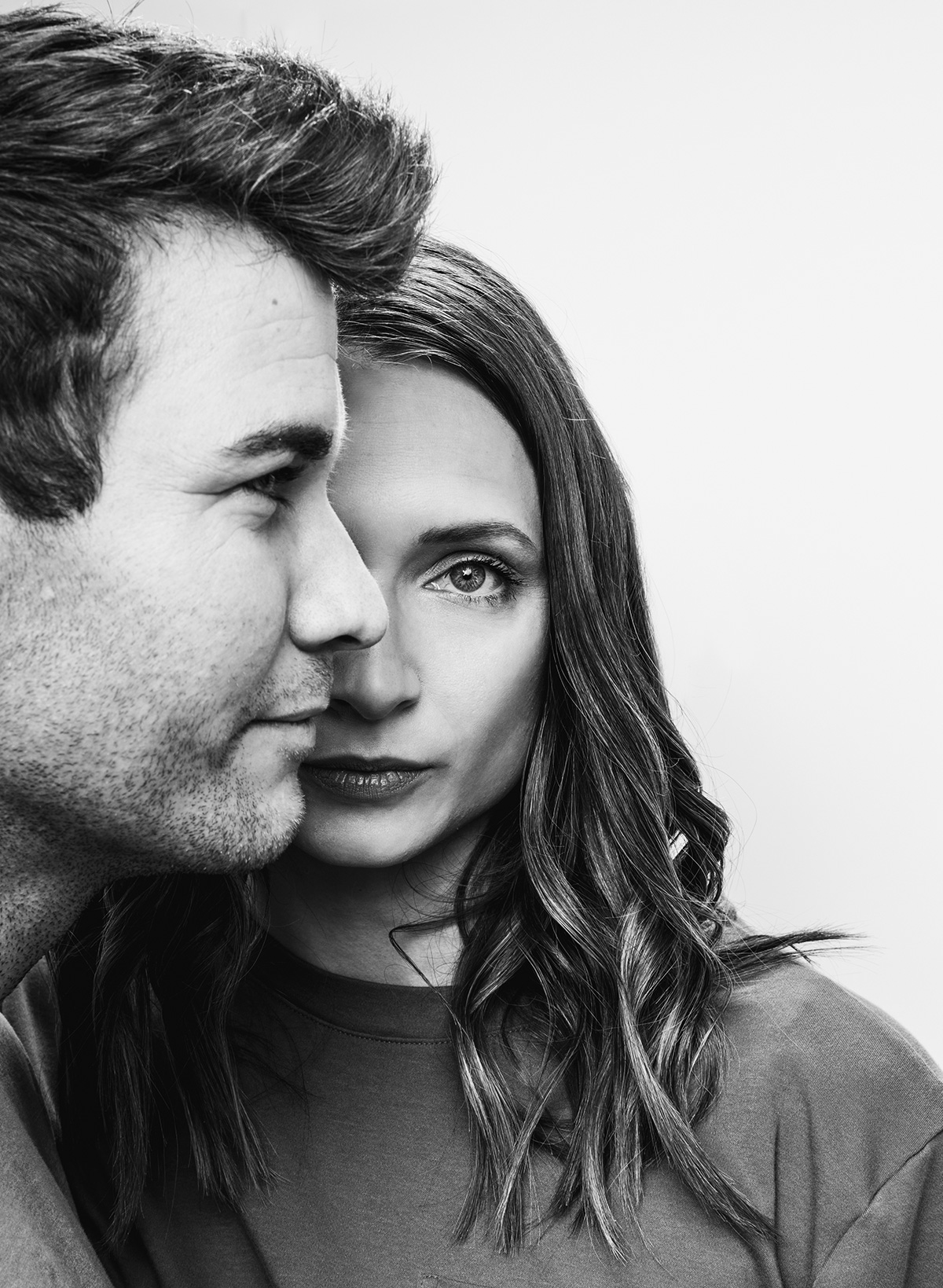
A self-professed perfectionist and collector of academic degrees, Anjana Olson, M.Photog., CPP, is a scientist at heart. She holds nutritional science and microbiology degrees as well as a fine arts degree with an emphasis on charcoal drawing and photography. Like her father and grandfather, both scientists and photographers, Olson found photography to be the perfect marriage of her interests—where technical prowess meets boundless creativity.
“I love how science-based photography is,” Olson says from her studio, Lav & Lime, in the Des Moines suburb of Ankeny, Iowa. “Lighting was always so fascinating to me. It really is science, but it enhances creativity. That’s what drew me into this field.”
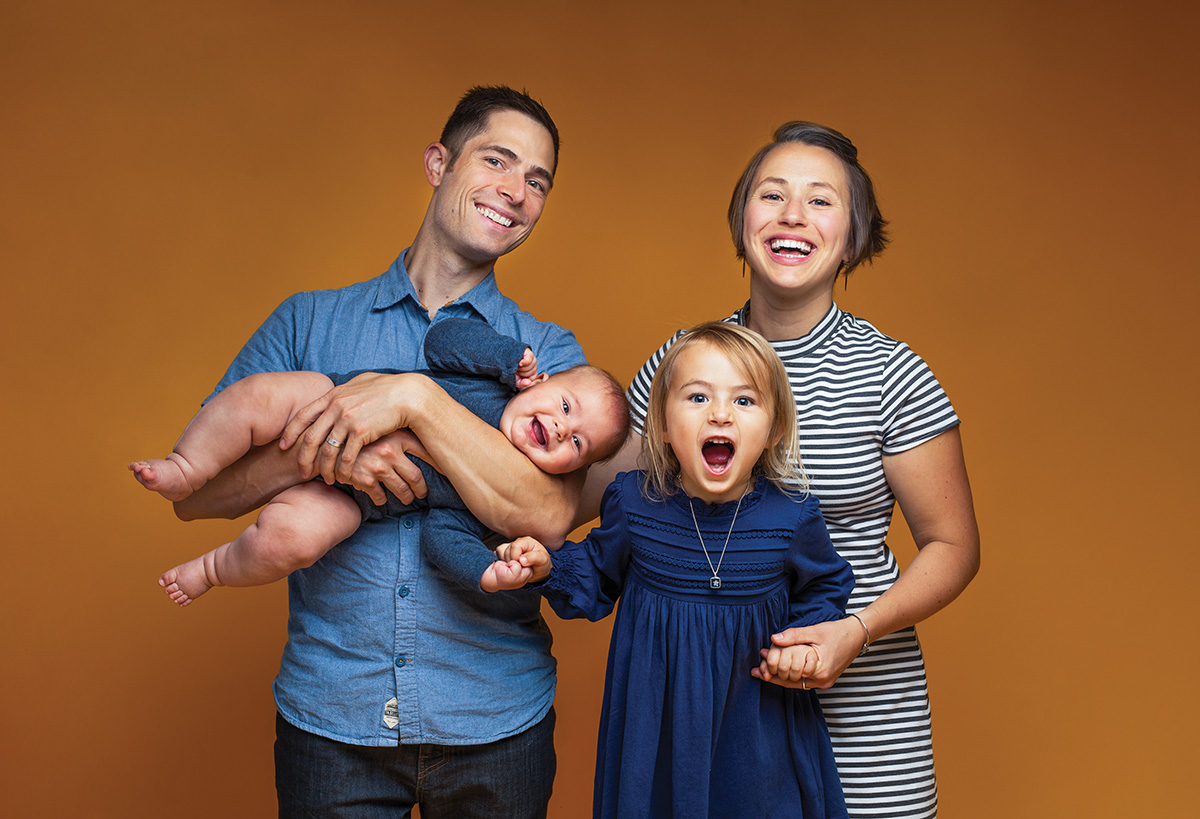
Olson is primarily a studio photographer, focusing her lens on families, babies, and children. Her process is collaborative, which enables her to employ her vision to create portraits that reflect subjects’ personalities. Her mission is to provide a session experience that’s fun, allows kids to be kids, and celebrates the unique traits that identify families.
“I grew up with a librarian mom,” she says. “And through her influence, I would get so lost in these worlds of characters. So, along the same lines, I wanted to be able to connect with children of all ages, see their real smiles and expressions, even the little ones that only parents and family get to see. There’s no requirement to smile. I set the scene and they get to do what they want.”
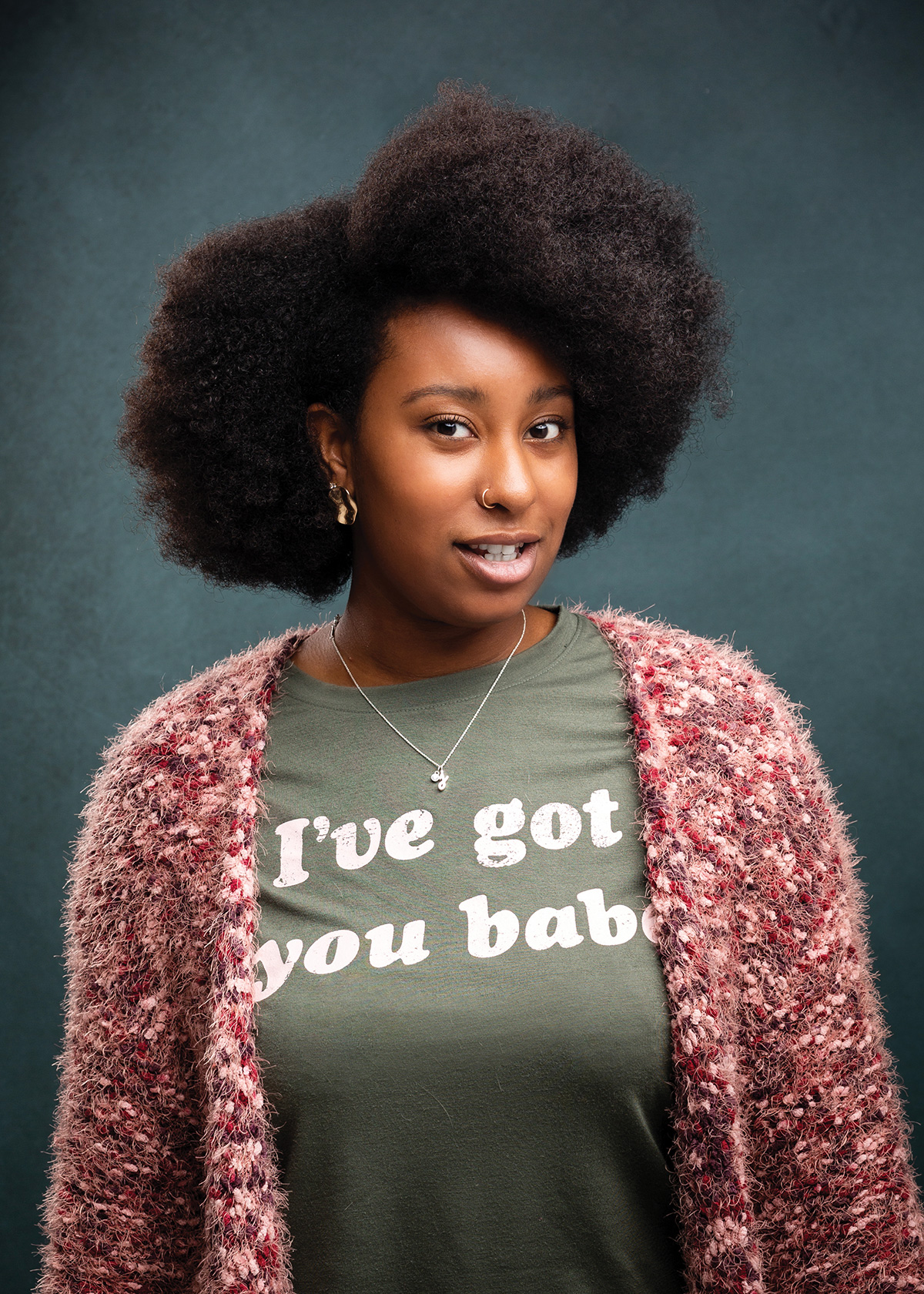
Embracing her love of storytelling, Olson named her studio Lav & Lime after an imagined storybook character named Lavender who befriends a frog named Lime. Sited on nearly an acre of land, the 20x30-foot studio presents a cozy atmosphere for clients and also enables space for outdoor sessions.
“I always thought I wanted a big studio,” she says. “But what I found is that my limiting factor of size actually enhances my creativity. I’m forced to do something different, to try new things, and it all is around that love of lighting.”
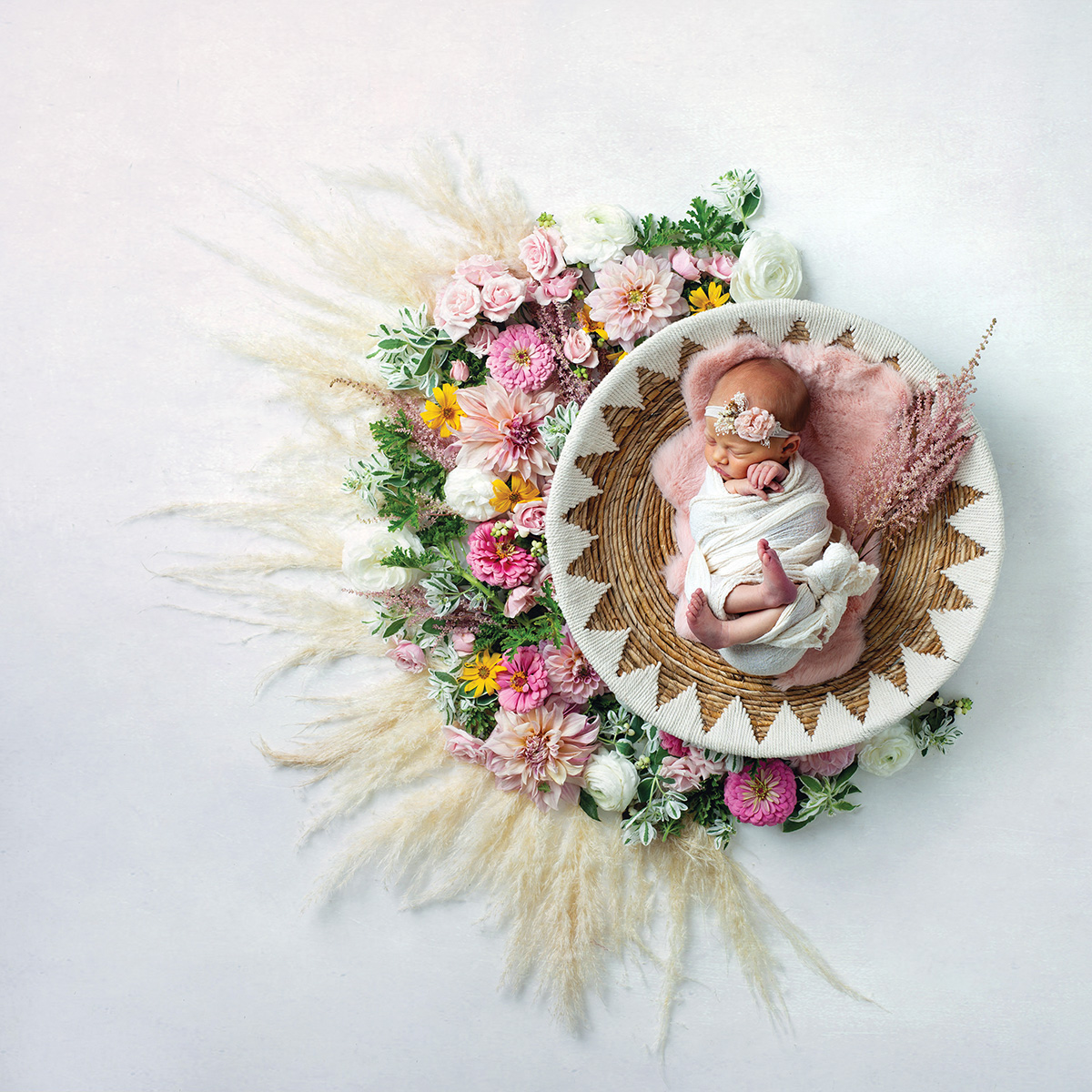
SETTING THE CONTROL
From the beginning, Olson approached her business with scientific precision. Instead of taking on every client possible out of fear for when she’d get the next one, Olson set parameters to protect what was important to her. Knowing she would start a family, she decided to book no more than four sessions per month. She additionally takes on mini-sessions a few times a year. Now a mother to three young boys, she’s confident that the definition of success she outlined suits her and her family.
“I’m a person who’s never content,” she says. “So instead of focusing on bringing in millions of dollars, I would like to work toward contentment. I want to function in a way that gives me margin for family so I can breathe and be creative and not feel that the business is taking over the other things I want to do in life.”
By capping the number of sessions she takes, Olson can also focus on client relationships that are important to her collaborative process. “Those relationships go so much further than just great portraits,” she says. “Knowing people’s stories fills me up, makes me feel joy and value. To enter someone’s life and have them tell you things that you can incorporate into the session is really an honor.”
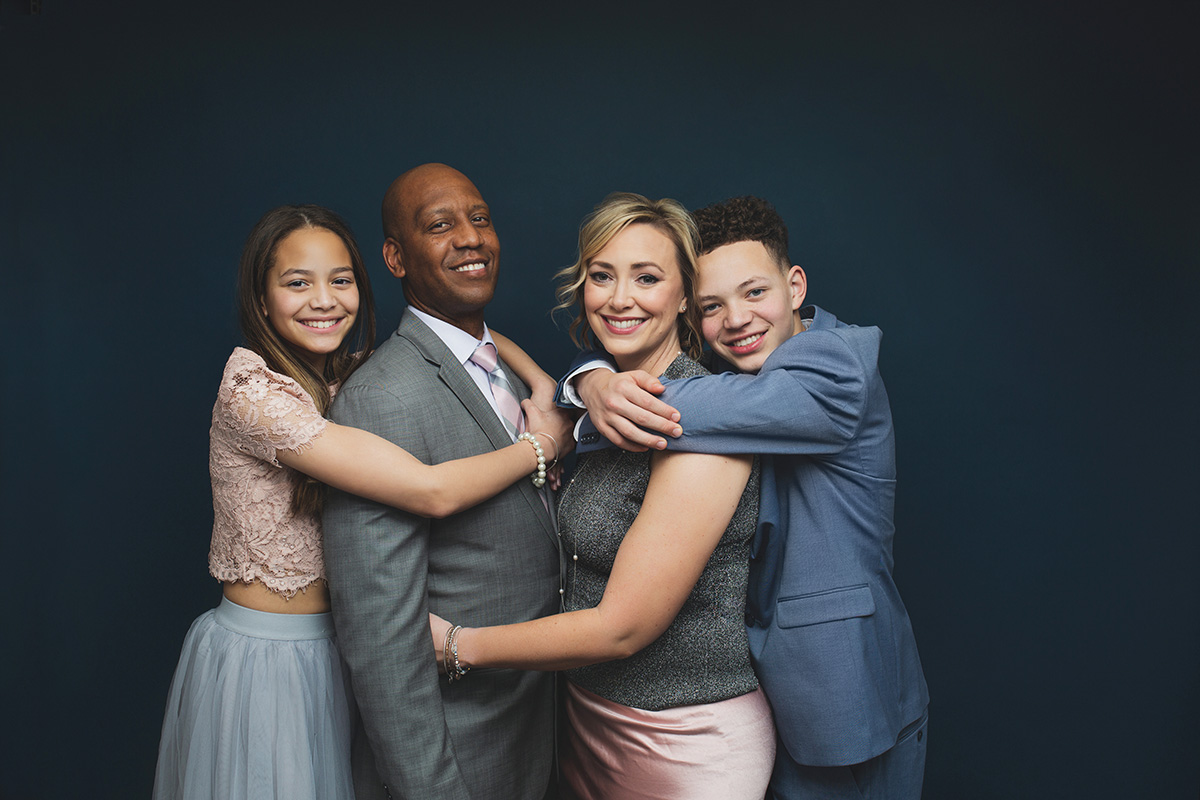
PANDEMIC CHANGES
As it did for most photographers, the COVID-19 pandemic and lockdown restrictions pushed Olson to get creative. Her studio property provided ample outdoor space to continue conducting sessions safely. And the studio itself is equipped with a garage door and radiant heat in the flooring, which meant she could open the door, run a fan, and turn up the heat to keep clients comfortable and at a safe distance during sessions.
Olson also shifted her photographic style during the pandemic. Where she previously leaned toward elaborate set design for family sessions, Olson was drawn to using simple setups with less fuss. The stark realities of pandemic life and a somewhat traumatic birth experience of her third child put Olson into a completely new headspace.
“My brain and heart focused more on the connection with the subject versus the elaborateness of the scene,” she says. “I wanted simplicity instead of the chaos of everything that was going on. So, my work switched to simple scenes, more black-and-white, and more relational images. But it was an unconscious shift that I didn’t even realize until a few months in.”
It’s also evidence that Olson’s personal definition of success is sound.
“My goal is always going to be to transcend the trends and capture timeless, raw fine art of families,” she says. “But I know my limitations and I know what fills me up, and I’m only going to be successful if I take care of myself. It’s more than money; it’s about connection.”
Stephanie Boozer is a writer in Charleston, South Carolina.

 View Gallery
View Gallery
